Shane Lynam was born in Dublin in 1980. He studied Politics and Economics at University College Dublin. While living in Paris and making his first body of work, he began a part-time MA in Documentary Photography at Newport School of Art, University of Wales which he completed in October 2012. His graduation project, Contours, was one of Brian Dillon’s selections for Source – Graduate Photography 2012. Contours was shown as a solo show at the Alliance Française in Dublin during March 2013, it went on to be shown as part of PhotoIreland 2013’s main show. Recent online and offline publications include Flak Photo, LPV Magazine, Selektor Magazine, UnlessYouWill and the collective book New Irish Works in 2013. He was a finalist in the Renaissance Photography prize 2014. His work seeks to create fictional narratives, inspired by history or current affairs, to question or inform reality. He is currently based in Dublin and working on a new body of work. Today we share his series, Fifty High Seasons.
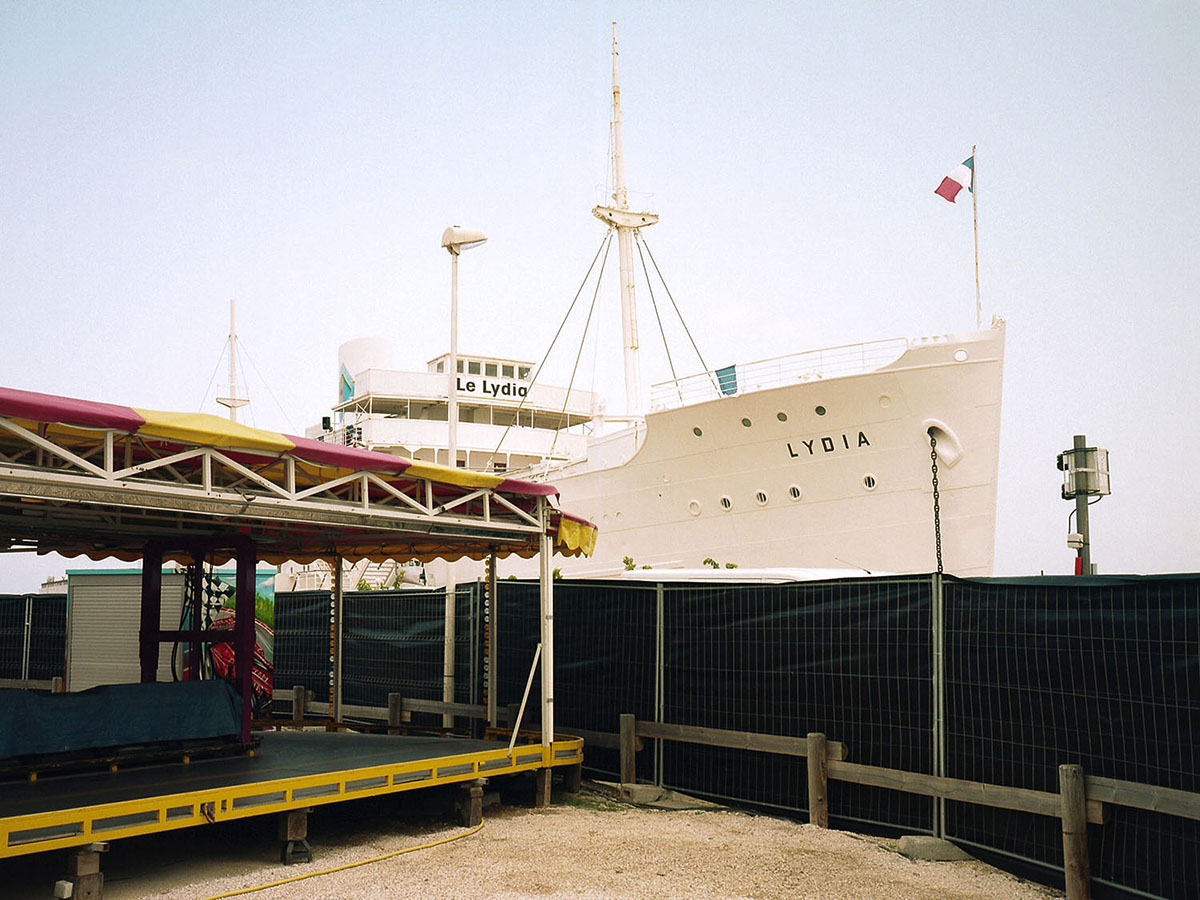
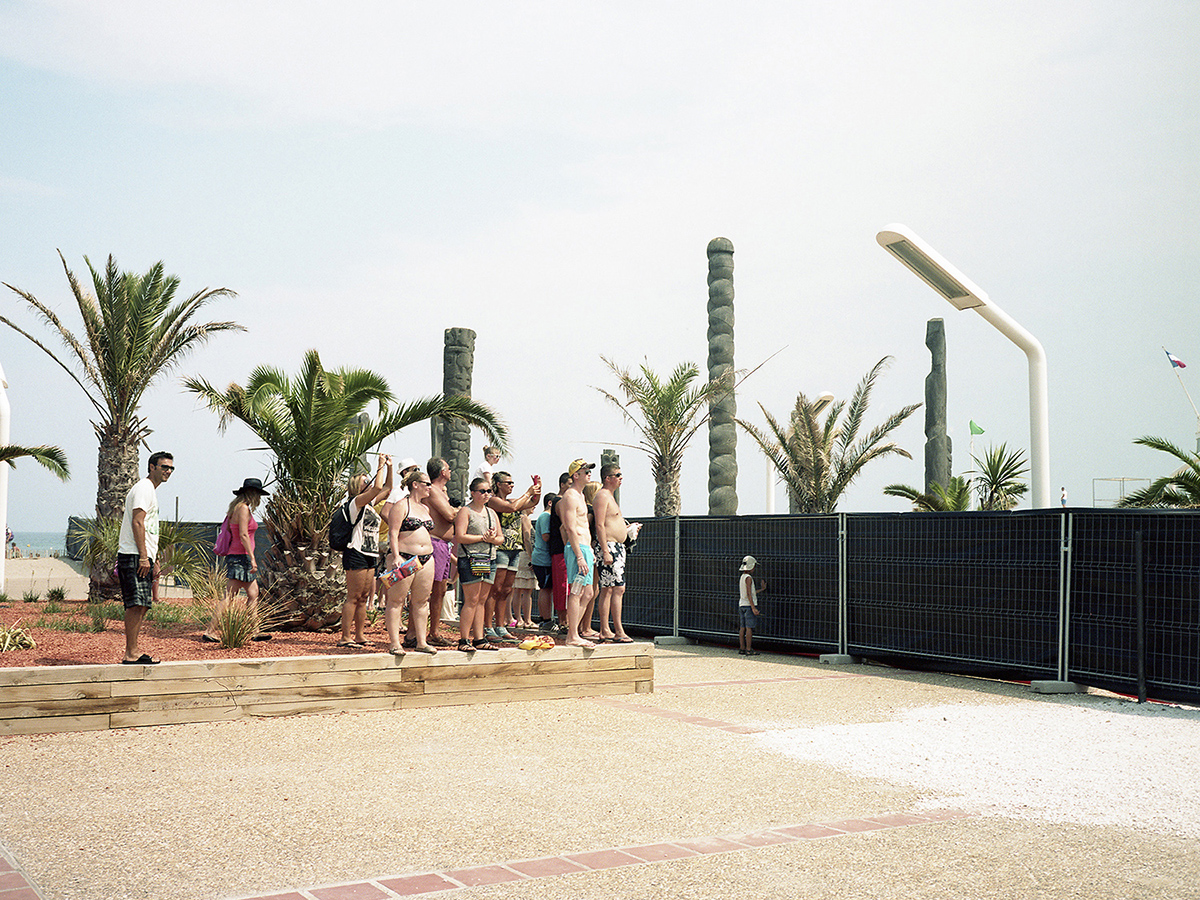
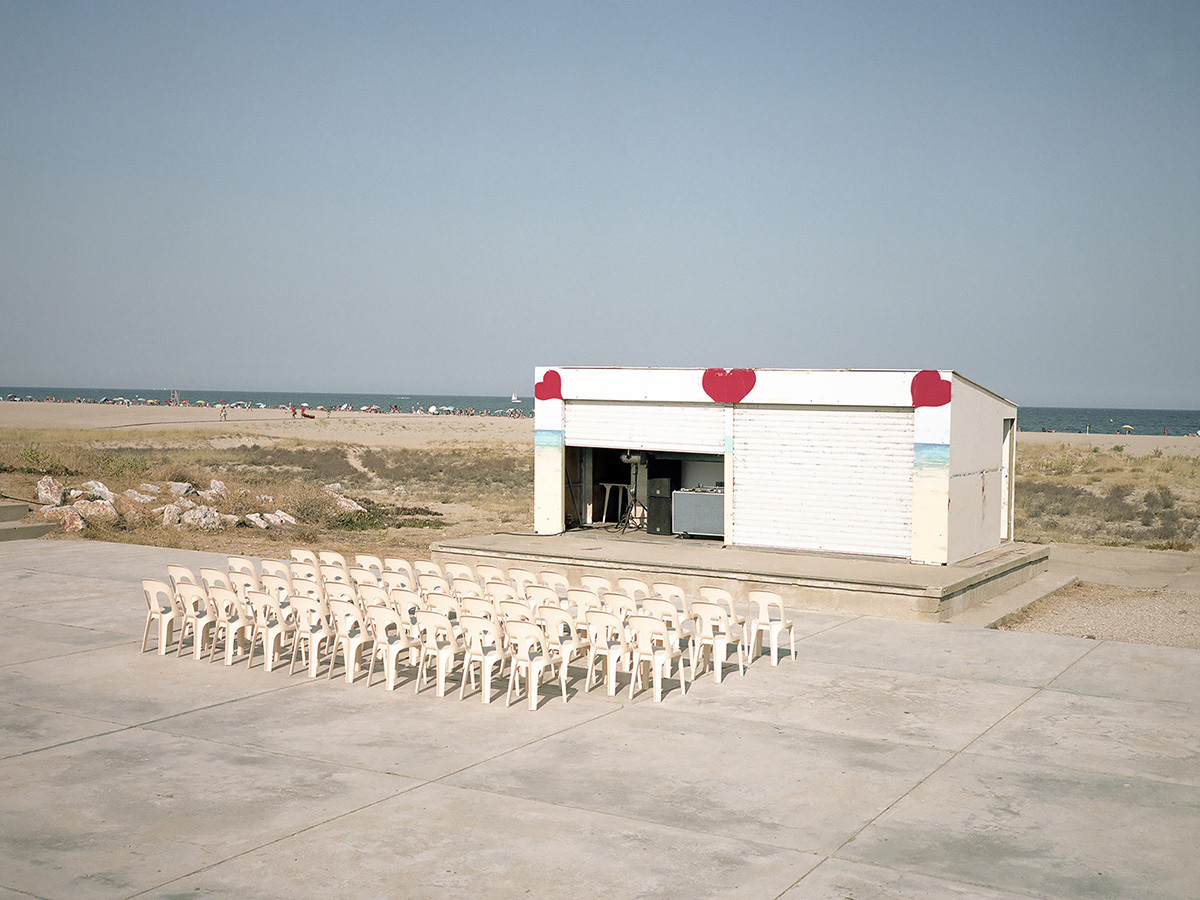
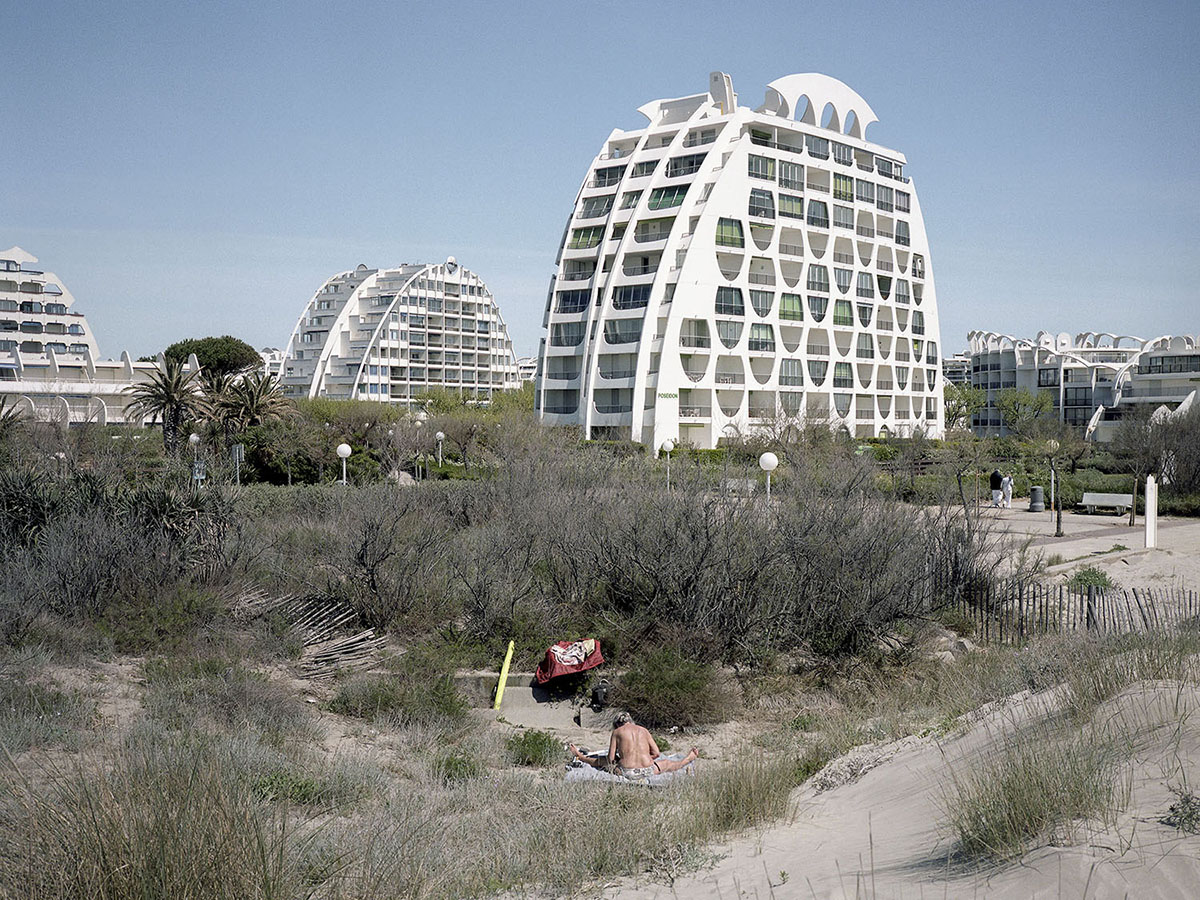
Fifty High Seasons
“Fifty High Seasons looks at a stretch of French coastline between Montpellier and Perpignan which was renovated during the 1960’s, having previously been seen as uninhabitable because of high winds. This unprecedented project was called ‘Mission Racine’ and was originally initiated by President General de Gaulle. Ahead of its time, innovative architects were hired for each town to construct unique spaces adapted to the local environment.
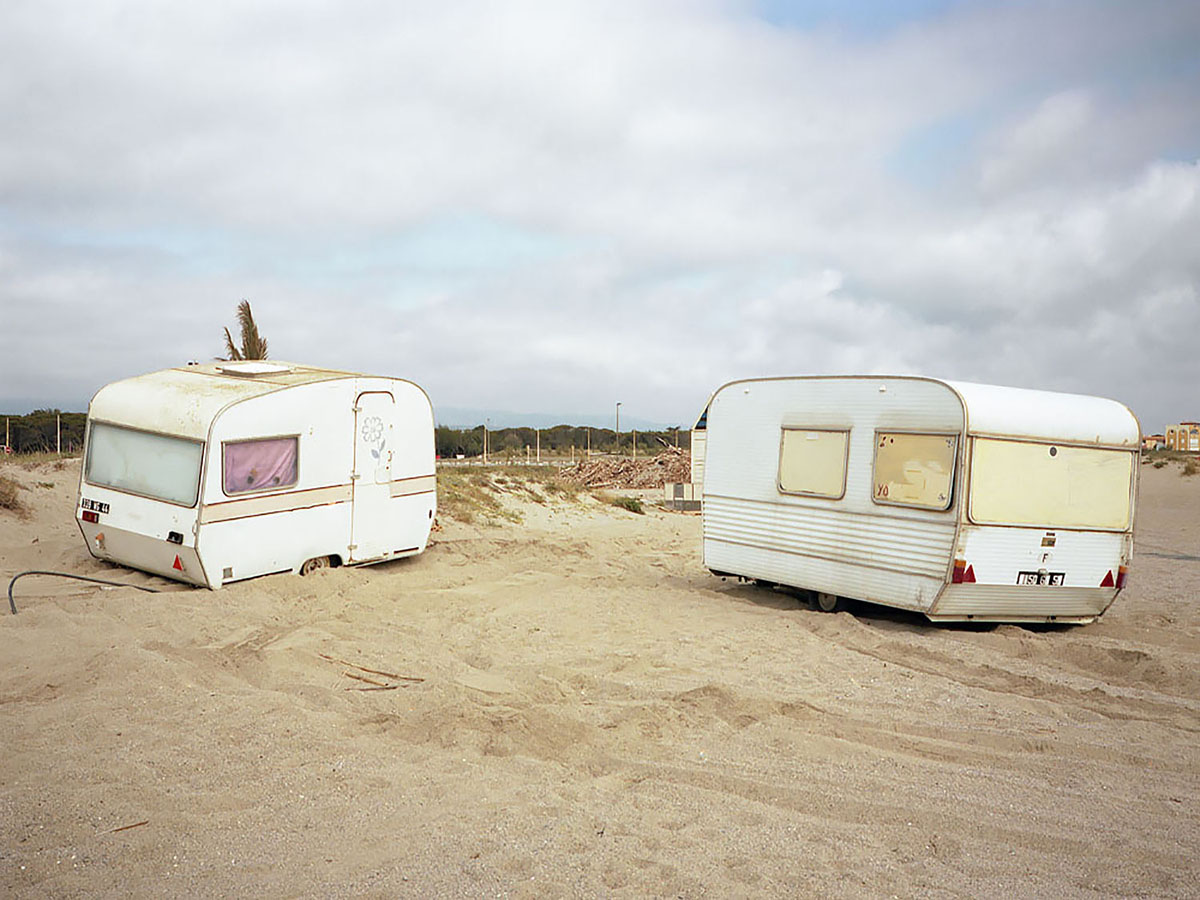
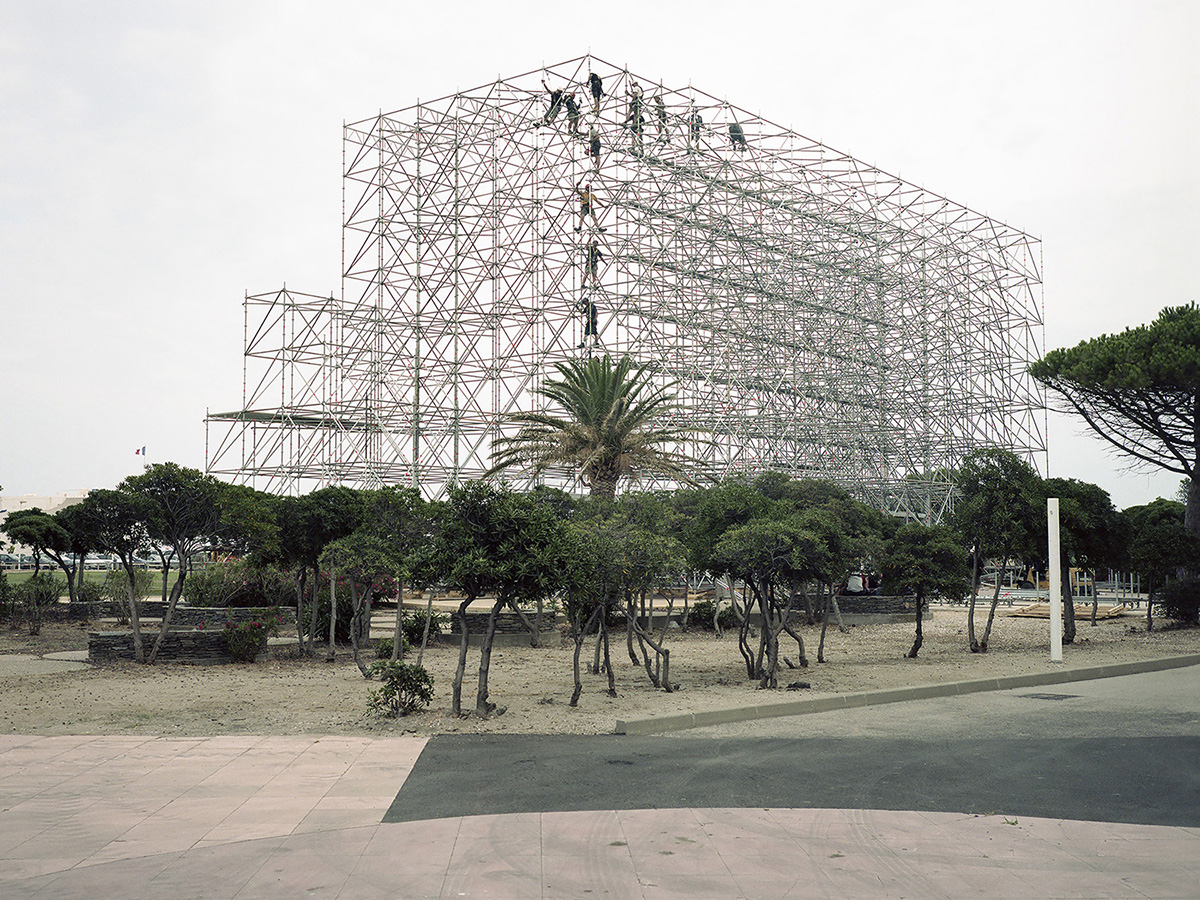

In 1962 the population one of the main town, Port Barcares, was 775. Today it is approximately 4,000 – climbing to 80,000 during the peak of summer. The rapid expansion and development of the region was managed by the state, who sought to provide an affordable holiday destination which catered for a new breed of tourist.
Mission Racine aimed to turn the Languedoc-Roussillon coast line into a series of resorts centered around leisure and offer an alternative source of income for the region. The original vision behind the project featured complex and unusual urban planning. At the centre of the design, there was a unique and ambitious plan to permanently ground a cruise liner, La Lydia, and convert it into a hotel. (See postcard cover and first photo)


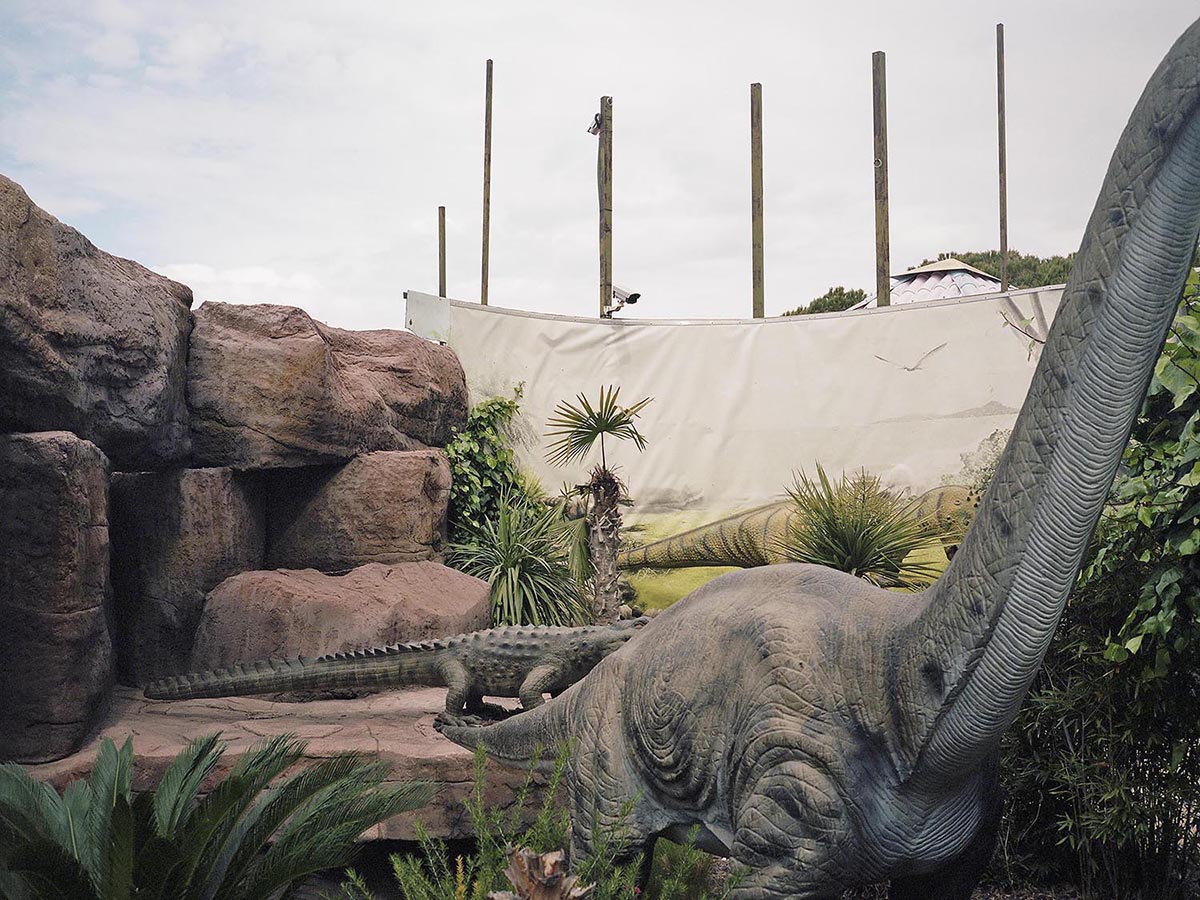
The project has undoubtedly been an economic success, however, Mission Racine was not only about enriching the area. It included an 18% quota of social housing to allow more French citizens to take advantage of their ‘paid holidays’. It also made it possible for the middle classes to buy a second home by the sea. There was a determination to provide an alternative to the expensive Cote d’Azur or the private Club Med model which was developing at the time. Ecologically too, there was an effort to preserve parts of the landscape and still today there are pockets of protected land between the towns.
By documenting the various ways the space is used throughout the year – music festivals, fairs, water parks, campsites – the work aims to show how it looks today, 50 years on. Although some of the promise of the original vision has lost it’s shine and the modern architecture now appears dated, the central values, particularly the idea of offering affordable summer holidays for the average citizen, remain key to how the area is managed.”
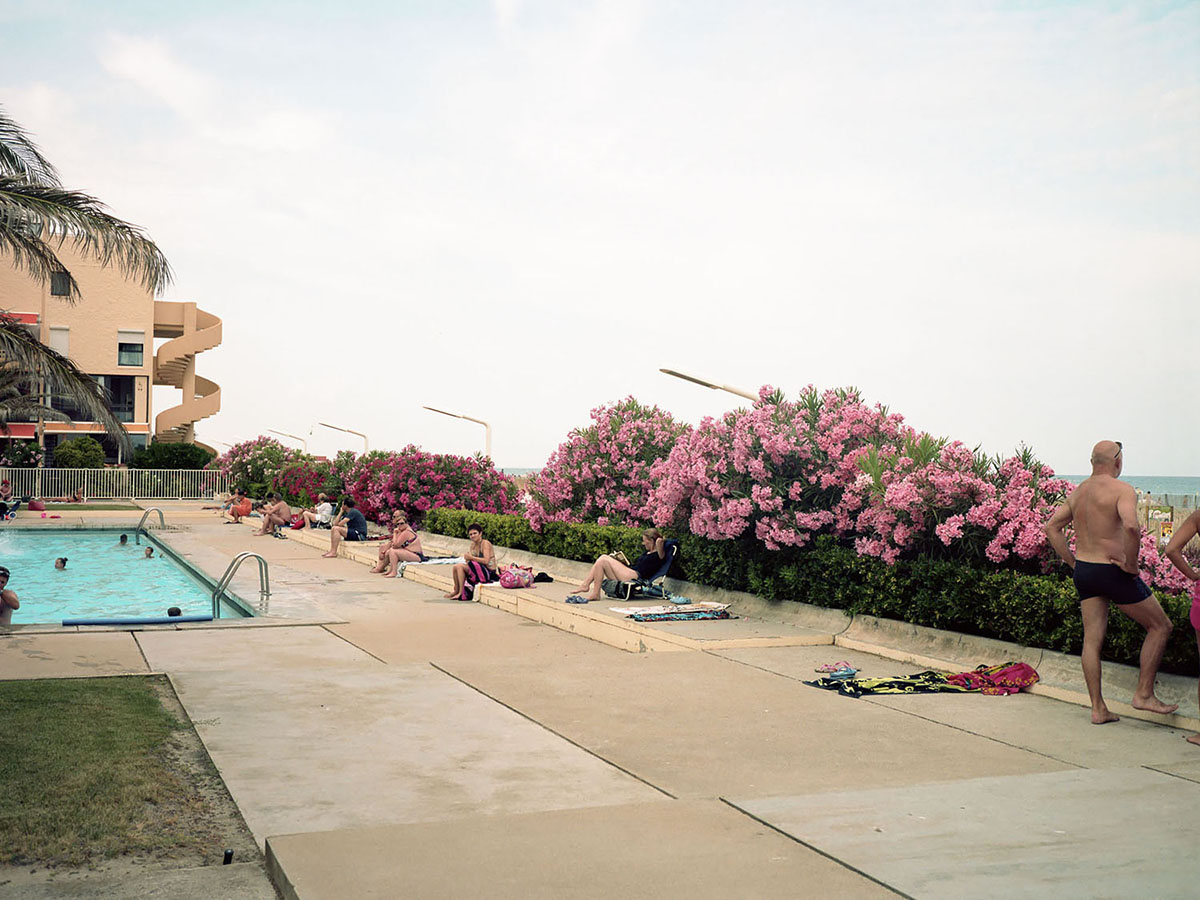

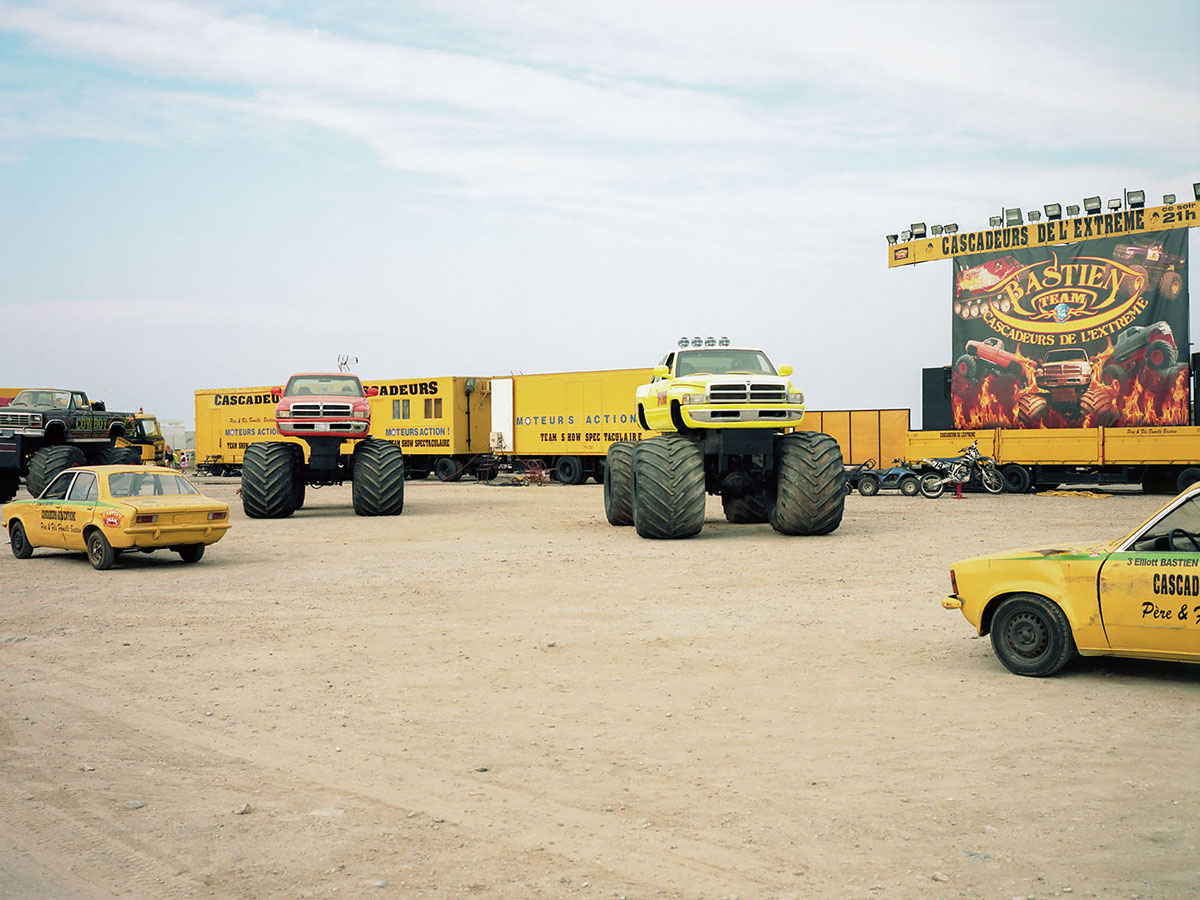

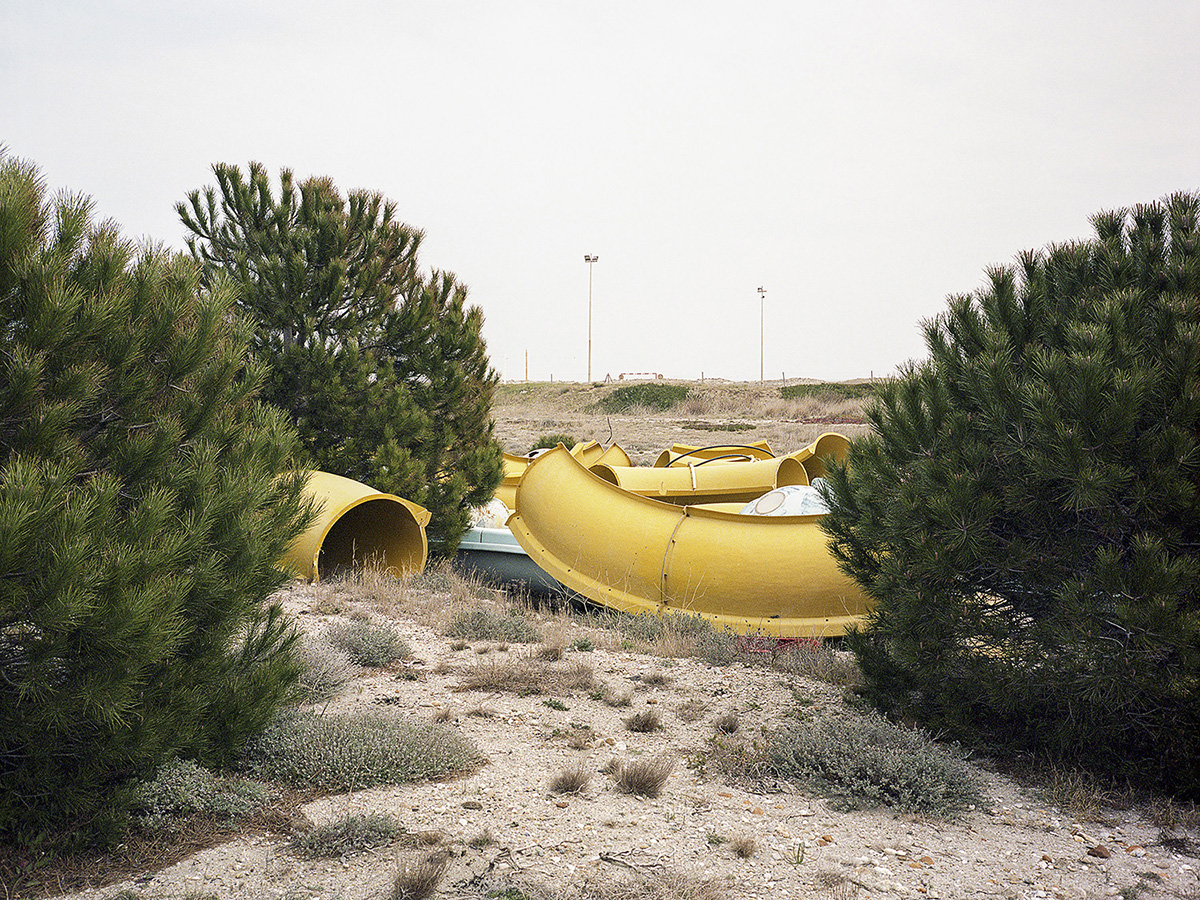
To view more of Shane’s work, please visit his website.